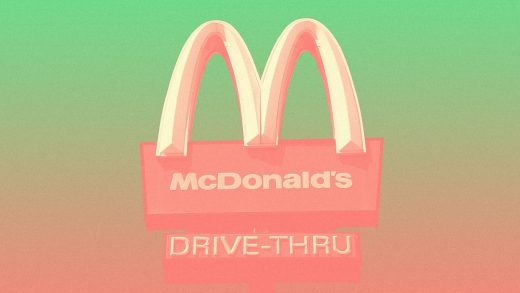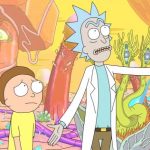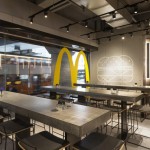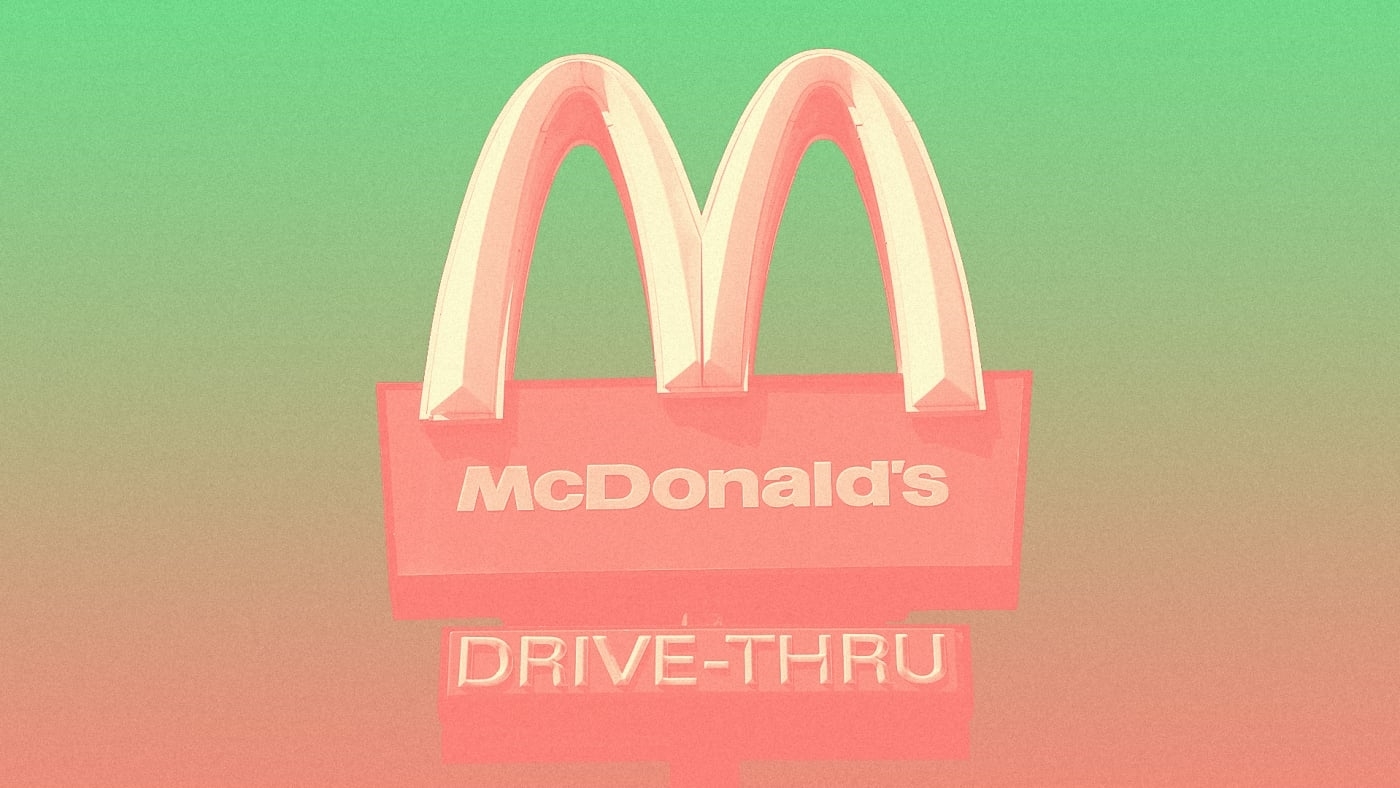McDonald’s Says It Will Cut Its Carbon Footprint Enough To Actually Make A Difference
The carbon footprint of beef, including the emissions from growing feed for cows, along with cow belches, energy use, and deforestation of land for grazing, is so massive that some researchers have made the case for a tax on the meat as a way to meet climate goals. So when McDonald’s–one of the world’s largest purchasers of beef–announced today that it plans to begin reducing its greenhouse gas emissions at the rate that climate science says is necessary to have a chance of avoiding catastrophic global warming, it wasn’t a minor goal.
By 2030, the company plans to work with suppliers and franchisees to cut emissions 36% compared to 2015, even as the chain grows. The “emissions intensity,” or the emissions per ton of packaging or food, will also drop 31%. The change is expected to avoid 150 million metric tons of emissions over the next 12 years, roughly equivalent to taking 32 million cars off the road for a year.
The Science Based Targets Initiative, a group led by experts from environmental nonprofits and the UN Global Compact, did the math to figure out how the company’s current emissions fit into the global carbon budget, and how much McDonald’s would have to cut to be consistent with the science of what researchers believe is likely to keep the average global temperature from rising more than two degrees.

It’s a process that the group has taken with other companies, though McDonald’s is the first restaurant to have a target validated by the initiative. The new goals are designed to make companies much more ambitious than they have been in the past. “Companies had been setting targets for a while now–more than a decade–but the approach hadn’t really been evolving over time, and we were seeing that those targets were just leading to incremental change,” says Cynthia Cummis, director of private sector climate mitigation at the World Resources Institute, one of the nonprofits involved with the Science Based Targets Initiative. “Those targets just weren’t going to get us to where we need to address the challenge of climate change.”
In the past, too, companies have sometimes been slow to make progress on the goals that they set. But McDonald’s has clearly mapped out how it can implement the plan, says Sheila Bonini, senior vice president of private sector engagement for WWF, which is working with the restaurant chain on strategy.
McDonald’s was already beginning to work on reducing emissions across its business, but now will go further, focusing on beef production, energy use at restaurants, packaging, and waste, using a variety of approaches. On the agriculture side, suppliers can shift to using different feed that reduces cow burps and farts; manure may be managed differently or used to produce electricity. Cows can be grazed in rotation to help fields sequester carbon in the soil and to improve the productivity of cattle, something that McDonald’s is testing now. “The accounting isn’t fully worked out, but they’re starting to see some great results,” says Bonini.

In restaurants, the company plans to use more sustainable packaging and ensure that all of it is recycled, a goal that will require changing systems. “The only way they can achieve that is if they work with customers to educate them and change behavior, and work with localities across the globe to change infrastructure and to create the system so that you can actually capture the packaging,” says Elizabeth Strucken, managing director for EDF+Business, an arm of the nonprofit Environmental Defense Fund that is also working with the company. (EDF was the first environmental nonprofit to begin working with businesses, believing that it could have more impact by working together than fighting against corporations; it first partnered with McDonald’s in 1990. To maintain independence and credibility, it never takes money from the company, though it is still often criticized for its work.)
While some changes will be relatively simple, like shifting to LED lights and energy efficient appliances at individual restaurants, work with suppliers will require careful coordination and tracking. McDonald’s has also made previous commitments to end deforestation in its supply chain, something that has been difficult for companies to track in the past, but is getting easier with tools like Global Forest Watch, a platform that monitors forests in near-real-time. “I think, more and more, we’re getting the systems in place [to monitor the supply chain],” says Bonini, who says that WWF also works to hold the companies it partners with accountable for commitments.
The restaurant plans to work on reducing food waste, another large contributor to emissions. But it hasn’t yet announced plans to make any major changes to its menu, despite the growth of options like a blended mushroom-beef burger at another fast food chain and the plant-based Impossible Burger, along with the popular reception of options at limited McDonald’s locations, like a vegan burger launched last year in Finland and Sweden.
“In different markets, we’ve had vegetarian options currently and in the past,” says Robert Gibbs, chief communications officer for McDonald’s. “I do think, though, that people come to McDonald’s for a good, juicy hamburger. And what we have to do most of all is use our size and our innovation, and our ability to collaborate across a large supply chain, to figure out how we can do what we do best better for the communities where we do it.”

The company has a long way to go, and a long history of past misdeeds to make up for. In the Amazon, swaths of rainforest have been cleared to make way to grow soy to feed chickens to make chicken nuggets. More forest has been cleared for cattle ranches. A 2017 report from the Rainforest Action Network claimed to link destruction of critical habitat in Indonesia to illegal palm oil plantations that supplied McDonald’s and others. (The company has other environmental challenges beyond climate; another report listed McDonald’s suppliers among the top polluters of waterways in the U.S.) With nearly 37,000 restaurants, the sheer scale of ingredients used and waste created to date is enormous.
Other options–even other types of meat–are much more sustainable than beef. But that’s even more reason for McDonald’s to set aggressive sustainability goals, says Strucken. “It’s going to be hard and there will be failures along the way, but it’s really our only option moving forward to figure out how to do this with increased demand for protein and the challenges that this world faces,” she says. “I think this goal that McDonald’s just set is inspiring, and it lays down the challenge for the rest of the companies in their supply chain to step up.”
The 2030 goal is a beginning; the company will likely have to set even more ambitious goals going forward. By 2050, to stay within the global carbon budget, carbon emissions across all industry need to reach net zero. For a company that sells, by one rough calculation, more than two billion burgers a year, that may mean a more radical shift to more non-beef products. But, as a first step, the new goal is also necessary.
It’s a path that the nonprofits working with the restaurant hope that others will follow. “I used to say, years ago, we really have to stay you know within the limits of science because we’re going to start to see catastrophic impacts of climate change,” says Bonini. “Well, we are seeing catastrophic impacts of climate change. And so we need other restaurants to do what McDonald’s is doing and set science-based targets so that we can start to get a reduction in greenhouse gas in line with where we want to be.”
(32)













